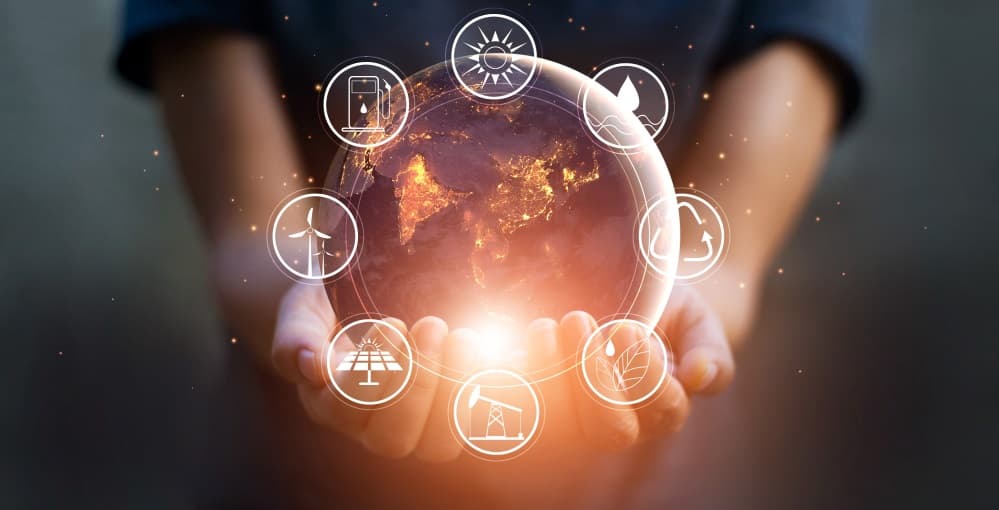
Old-timers in the financial markets know what happens when bond yields start spiking and credit spreads blow out — it means something’s broken, even if the headlines haven’t caught up yet.
Ray Dalio has warned that credit ratings often understate sovereign risk. Jamie Dimon cautions that investors can’t afford to ignore deficits, tariffs, and geopolitical crosswinds.
And Ed Yardeni’s “bond vigilantes” are back in the saddle — selling off sovereign debt when fiscal policy goes off the rails, forcing the grown-ups to pay attention.
Well, we stepped away from our laptops for the weekend to attend our son’s graduation from Purdue University—just as the global bond market went kablooey.
💥 Japan’s Bond Market Just Broke a 37-Year Record
The weakest 20-year bond auction since 1987 sent Japanese government bond (JGB) yields surging. The 30-year JGB yield hit 3.0% — its highest in 25 years. Prime Minister Shigeru Ishiba warned Parliament that Japan’s fiscal condition is “worse than Greece’s.”
That’s a bold statement from a country sitting on $1.13 trillion in U.S. Treasurys and an arsenal of export power. The yen’s getting pummeled, and confidence in the Bank of Japan’s ability to manage it all is fading fast. Yet somehow, even as it’s clear that the carry trade isn’t what it used to be, stocks remain the odd man out.
🇺🇸 U.S. Bonds Join the Meltdown Parade
Stateside, the 30-year Treasury yield shot above 5% on Monday, the second-highest level in 18 years. Yields are rising because investors are finally acknowledging the elephant in the room: the U.S. debt spiral.
It’s not just government debt, either. Credit card delinquencies are at a 14-year high. Klarna, the consumer credit company where you can finance a pizza over several months, just noted record losses as it grew its customer base to 100 million.
The economy is cooling. For now, Trump’s trade agenda is adding friction ahead of the political theatre that is his “Big Beautiful Bill.”
🇯🇵 Trump’s Japan Imitation: More Debt, More Cuts
Trump heads to Capitol Hill today to sell his tax cut revival plan to House Republicans. Like Japan, he’s betting on growth to bailout the debt.
The sticking points? Medicaid, safety nets, and the SALT deduction. No one’s asking how we’ll pay for it — just whether they can get it passed before the bond market revolts again.
📉 Moody’s Slaps the U.S. With a Downgrade
As a consequence of all this drama, Moody’s finally blinked, downgrading the U.S. sovereign credit rating one notch to Aa1. That puts it in line with S&P and Fitch, both of which acted in previous fiscal squabbles.
But this downgrade hits differently. It comes amid rising borrowing costs, sluggish growth, and Trump’s push to make his 2017 tax cuts permanent.

Moody’s cited growing deficits, unsustainable fiscal policy, and political dysfunction. The market’s response? Higher yields and a selloff in long-duration bonds. The cost of borrowing is going up — and it’s dragging mortgage, auto loan, and credit card rates with it.
📈 “We’ve Been Through This Before”—But It’s Worse Now
Yes, we’ve had downgrades before. But this time, the Fed’s hands are tied. Rates are already high. Inflation is sticky. And tariffs — according to Fed Chair Jerome Powell—may make it harder to cut rates without juicing prices further.
Atlanta Fed President Raphael Bostic now sees only one cut this year.
💣 Central Banks to the Rescue? Again?
Last time it all unraveled (2020–2021), central banks bought $9 trillion in bonds and assets to keep the machine running. But this time? Bond yields are climbing while growth slows.

The markets are front-running a new reality: central banks will intervene again. They’ll have no choice. And when they do, real assets — not paper promises — will benefit.
📀 China Buys Gold, Not Treasurys
Chinese investors and the PBOC are buying gold hand over fist. Net inflows into Chinese gold ETFs have doubled in the last 12 months.
Gold’s up 38%, now around $3,250. China’s not signaling—they’re acting. Less exposure to U.S. debt, more exposure to real value.

Meanwhile, the U.K. overtook China as the second-largest holder of Treasurys, but let’s not kid ourselves — China still holds an estimated $300–$700 billion stashed through banks in Belgium and Luxembourg.
📉 Stocks Will Wake Up — Eventually
Equities are still whistling past the graveyard. But bond markets are leading indicators, not lagging ones.
When yields go vertical, stock multiples get compressed. Corporate debt gets pricier. And investors start realizing that Powell’s “higher for longer” may be more than a soundbite.
🔗 Robinhood Wants the Blockchain to Bail Out Finance
Amid the bond drama, Robinhood submitted a formal letter to the SEC pushing for Real-World Asset (RWA) tokenization: 24/7 markets, instant settlement, and custody parity with traditional brokers.
It’s not just marketing — it’s a survival strategy. As legacy systems wobble, fintech is quietly laying rails for what comes next.
More than just global politics and economic reordering, the financial markets themselves are undergoing a regime shift. The institutions we trusted — governments, ratings agencies, and central banks — are still standing, but they aren’t the trusted institutions of old.
When trust breaks down, markets don’t wait. Investors reprice risk. They sell bonds. They buy gold. They hedge with speed.
For the gentleman investor watching this unfold with a long view and a short list of assets worth holding, know this: the bond vigilantes are back, and they’re not asking for permission.
Bonds can be annoying. The inverse price to yield is one pretzel. Then the old adage, when bonds go down, stocks rise, throws another twist into the mix. Sorting through the relationships on a Tuesday morning after a long weekend is, well, umn, yeah…. worth taking notice of at the very least.
~ Addison



